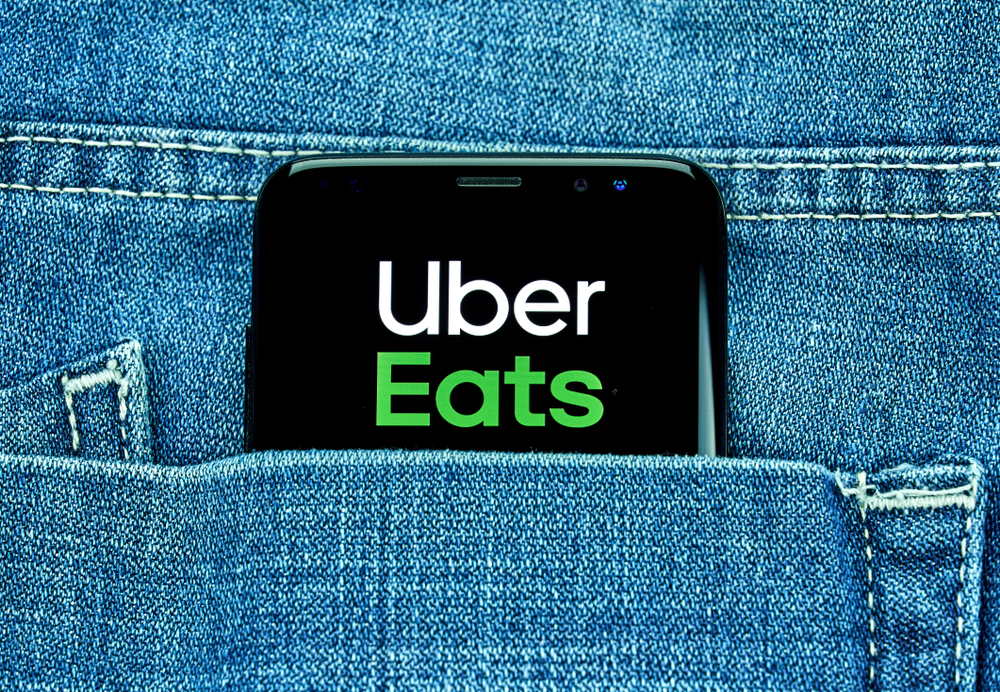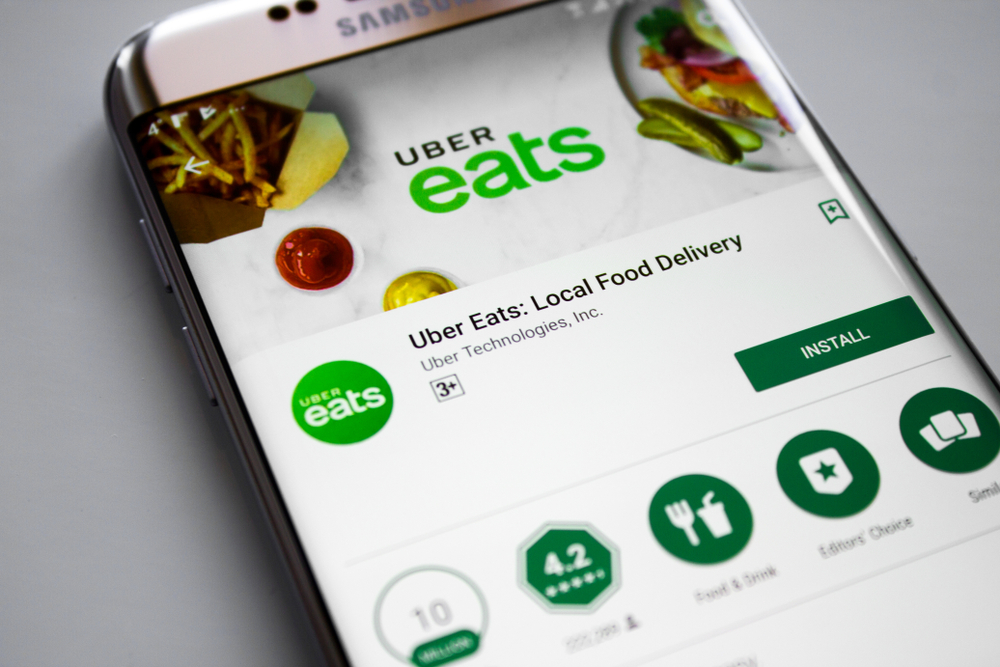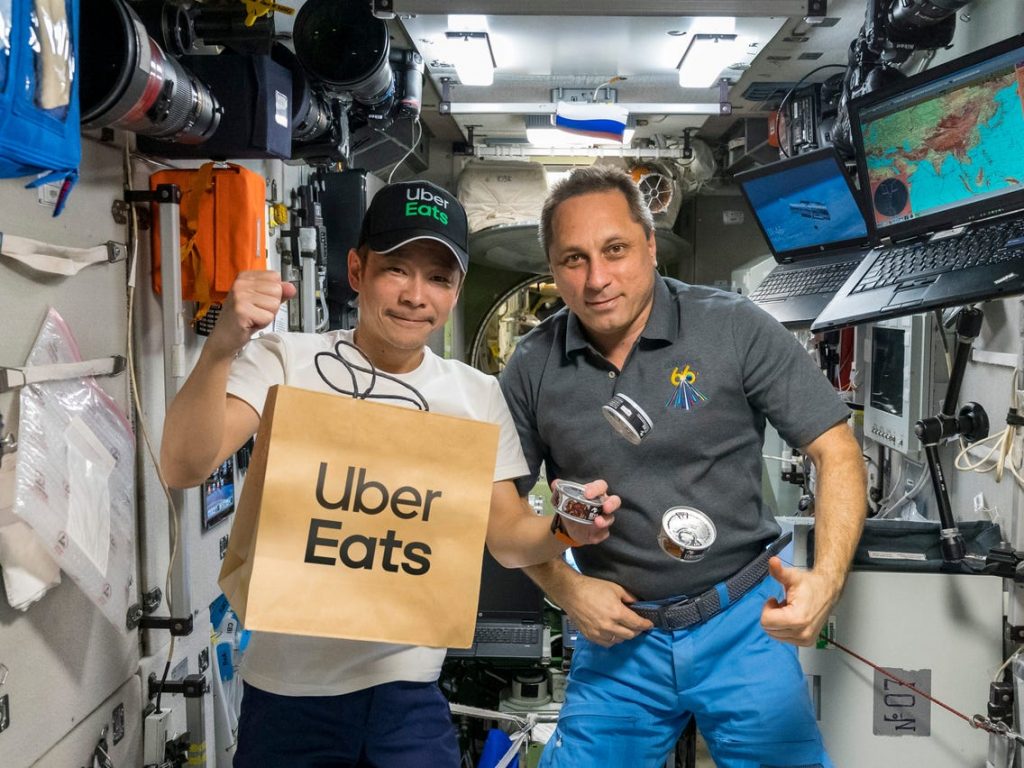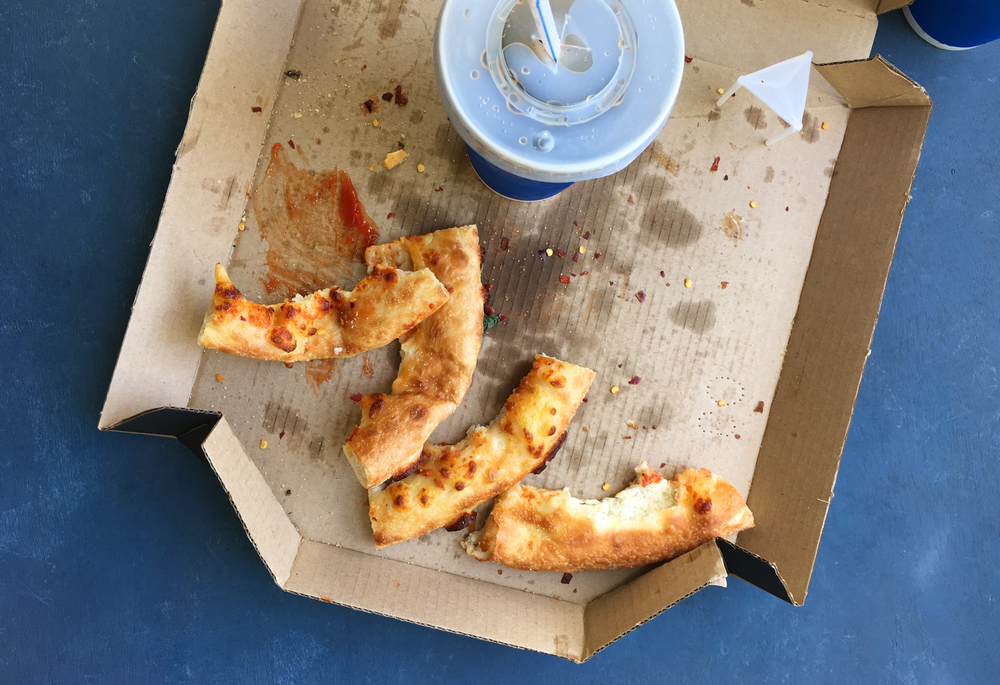
Uber Eats – Love or Loathe?
Uber Eats has quickly become a household name across the UK in the last few years. While millions see the food delivery company as a dinnertime saviour, the enterprise is not without controversy.
Where it all began
The Uber Eats conception was first trialled in Santa Monica, California in 2014. Back then, you only had the choice of a set menu and set delivery fee. After much success, the platform expanded into surrounding cities with hundreds more restaurants. Eventually, the delivery service and app has become recognised globally. Quite the success story, yes?
Possibly. Although, the food delivery platform no longer delivers in South Korea, some Eastern European countries and India. Zomato bought Uber Eats in India, but they still own just under a 10% stake in Zomato, keeping a share of the market. Russia’s search engine Yandex has bought out Uber, including taxi and food delivery, and will likely purchase all remaining interests over the next couple of years.
Until January 2020, Uber Eats had exclusive delivery with McDonald’s in the UK. JustEat became a second delivery platform, cashing in on the 15 million McDonald’s deliveries a year.
And most important, the delivery service has yet to make a profit. However, the gap between loss and profit is narrowing each year.
How Uber Eats works

The Uber Eats app is a separate app from the taxi service Uber (your pizza will never share a ride with someone to the train station!). Once you have downloaded the app, enter your delivery address. Next, you can browse participating outlets. Simply place your order with your restaurant of choice.
The app tracks when it has been accepted by the restaurant. You will receive further notifications when the driver has collected your food. This includes a live view of exactly where your driver is en route. The driver can leave food at your door, hand it over to you, or even wait in the car for you to collect it.
In this progressively cashless culture, you can also leave a tip via the app. The driver is able to cash out these whenever needed, with 100% going to the driver. The driver can also see that you have tipped them.
Did you know?
“Uber Eats is the first delivery company to hand over food in space?
In December 2021, they teamed up with Japanese billionaire Yusaku Maezawa and sent canned food to the International Space Station!”
So far, so good. It is easy to order from the comfort of your home or office, with drivers able to reach an estimated 90% of the country. It is convenient if you are busy, hungover, or have guests and don’t wish to leave them. The app can also introduce you to new restaurants that you weren’t aware of. Not to mention, you can get some great deals with various promo codes or free delivery alerts sent to you in-app.

It would be unreasonable to expect our food delivered for free each time. But did you know that ordering directly from your chosen restaurant will be cheaper? The restaurants have to increase food prices on these third-party delivery apps due to the excessive fees charged by Uber Eats, up to 35% in some cases. A Which? study in June 2021 found that the difference can be as much as almost £12 per order.
Some food outlets also feel they’ve had no choice to join the delivery revolution, even with these astronomical fees. Imagine, a small business would have to employ a full-time delivery driver. The driver still needs paying when business is quiet. Alternatively, what will happen if 15 orders come in at the same time? The result could be cold food, long wait times and a bad reputation. What better than using a team already set up and waiting to help handle those busy times?
During the pandemic lockdown, when restaurants were closed to dine in, Uber Eats saw a 30% rise in customer orders. We need to consider at what cost to the environment?
Uber Eats = eco-friendly or eco-foe?
Uber’s CEO Dara Khosrowshahi stated, “It’s our responsibility as the largest mobility platform in the world to more aggressively tackle the challenge of climate change.” He vows that Uber will be a zero-emission by 2040, with electric vehicles in the US, Canadian and European cities by 2030. Read more here in his ‘Driving A Green Recovery’ statement.
That all sounds very promising, doesn’t it? But what about here and now?
Uber Eats has had many a grievance foisted upon it. From the alleged treatment of drivers to congestion at local fast food outlets. But what about the extra cars on the road making short journeys? Not to mention the type of packaging your food is delivered in.
Transport is one of the biggest culprits for greenhouse gas emissions. Having numerous cars idling and waiting to pick up deliveries only adds to the global problem. Shorter journeys exacerbate the issue further. Diesel and petrol cars are worse than electric vehicles. Many food pickups are for a single order. Of course, no one wants their food after 6 other drop-offs.
Uber has begun to urge restaurants to use more eco-friendly packaging. In 2019, Uber Eats offered customers an opt-in for utensils, rather than receiving them automatically. Plastic waste is an enormous problem and food delivery containers only add to that.

Food waste is another major player in climate change. How many times have you had a takeaway and had to throw food away? Portions tend to be larger than you would make at home. What about incorrect orders, allergens, or food delivered too cold to eat? There are many reasons why food gets wasted.
It begs the question – are they doing enough? And what more could be done?
Having takeaway food so readily accessible is also putting our health at risk across the nation. With Uber’s delivery time aiming for no longer than 30 minutes, it can be much quicker than cooking at home. But is it any healthier? Do you know exactly what ingredients have made up your meal? Surplus added sugar, fats and ultra-processed foods are making the nation fatter and more unfit overall.
On the other hand, Uber Eats launched a feature informing customers of the calorie content of food in conjunction with participating restaurants. This follows Parliament setting out new regulations in May 2021, coming into force in April 2022.
Many have applauded the move, with views it will empower people to make healthier choices. At the same time, some have expressed concerns about how it may adversely affect those with eating disorders. There are fears around making people feel guilty about choosing ‘unhealthy’ food.
Additionally, it may also seem cheaper to have food delivered, but this is not always true. Cooking filling healthy meals at home need not take hours or cost a small fortune. Consider doing this as your way of helping to save the planet, bit by bit.
Uber Eats Employee Concerns
Uber has been in the news on more than one occasion, enduring criticism of the treatment of their drivers. Until February 2021, Uber taxi drivers were not considered employees and frequently earned well under minimum wage.
The customer held the journey contract with the driver, not with Uber itself. In a major court ruling, it was decided that the contract is held with Uber, meaning drivers are now considered employed. This opened up a host of benefits such as upholding minimum wage, holiday pay and pension contributions. Unfortunately, this ruling has not yet transgressed to Uber Eats delivery drivers.
There are many contradictions about just how much a driver can make. A YouTuber in the US documented working 12 hours a day, 7 days a week, for a whole month and made a phenomenal $8,000. But is this realistic?
In a word, no. It simply isn’t sustainable in the long term. And out of those earnings, you need to pay taxes, fuel bills, a change to specialist vehicle insurance and wear and tear of your vehicle. Those alone will take a good percentage of the earnings.
The beauty of being a driver is flexibility. You can choose to work when you like, such as rush hour, in a high demand area. Drivers can typically earn between £7-14 per hour. In general, a driver will get a fee for a pick-up from each restaurant. At drop-off, they get another fee, and also receive payment per mile, from start to end of the journey. Unfortunately, if there are no orders to fulfil, the driver doesn’t get paid, with delivery drivers currently being classed as self-employed.
Drivers have also expressed concerns over having to work longer hours for an average wage due to the pay scale changing and fuel prices increasing. WalesOnline interviewed drivers that say the cost of living is rising sharply too and earnings cannot keep pace. They often find their bonuses or ‘boosts’ are decreasing too. Many say their pleas for help to the company fall on deaf ears.
It makes you wonder who the real winner is in all this, doesn’t it? (A hint -it’s not the customers or the drivers…)
Local apps
Across the UK, many cities and local areas are now setting up their own competitive delivery apps in a bid to help local restaurants, takeaways and cafes. Of course, they still have to charge a fee, but it is generally significantly lower, allowing the restaurant to keep more of their profit.
For example, in Stockport, Greater Manchester, a couple, Mark and Rachael, set up a food delivery service in lockdown called Stockport Eats. Charging food outlets up to 50% less commission than the major competitors, the venture now has over 40 restaurants participating. The couple expects many more to sign up in the coming months. If restaurants can keep more of their profit, it should be a success!
Tens of towns and cities are beginning, or have established similar ventures. Many of us use these services, whether for convenience or as a treat. How many of us will now think about environmental impact or driver welfare? Or would you even reconsider and collect your takeaway yourself? It’s certainly food for thought.
